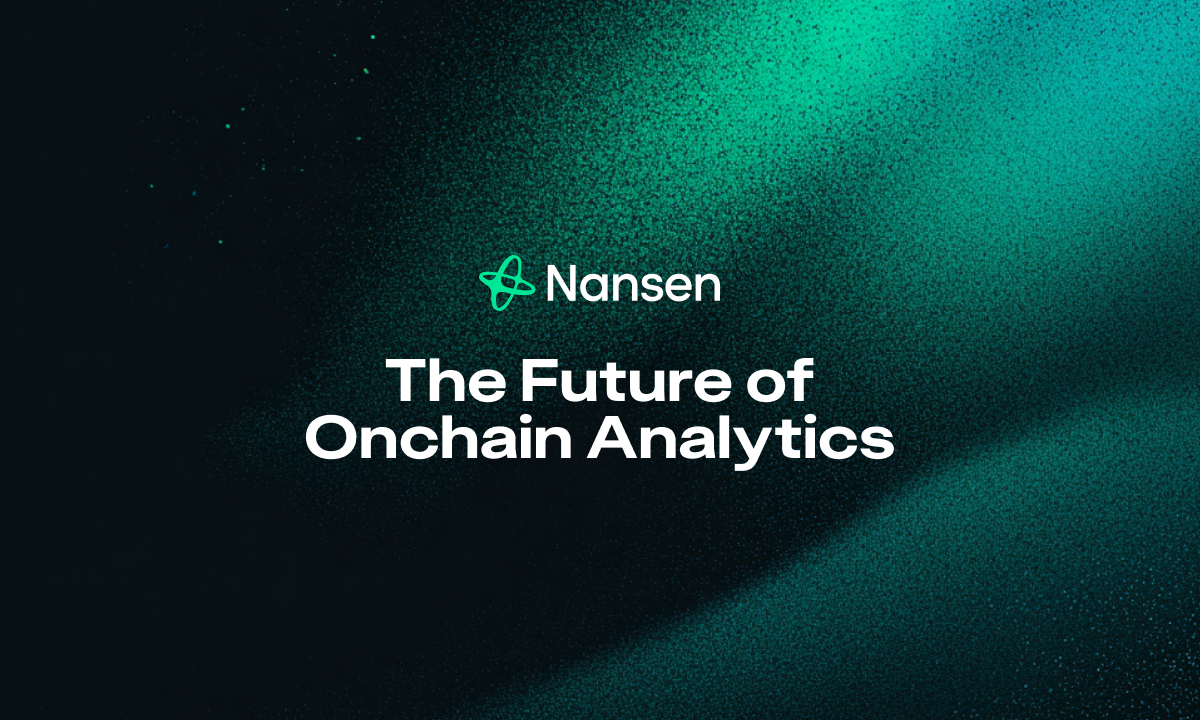The future of onchain analytics is shaped by significant challenges and transformative opportunities. Key hurdles include managing massive blockchain data volumes, overcoming fragmentation across chains, and balancing privacy with actionable insights. At the same time, advancements in artificial intelligence, cross-chain integration, and sophisticated predictive tools promise to revolutionize crypto market intelligence and user experience.
How Onchain Analytics is Transforming the Crypto Ecosystem
Onchain analytics has swiftly evolved from basic transaction monitoring tools into powerful platforms delivering deep behavioral insights across various blockchain sectors. What began as wallet balance tracking now incorporates DeFi protocol analysis, NFT market trends, and risk management across multiple Layer 1 and Layer 2 blockchains. This transformation reflects blockchain’s growing complexity and the pressing need for deeper, real-time intelligence to inform trading, investing, and governance decisions.
Major Challenges Facing Onchain Analytics Platforms
Handling Massive Data Volumes and High Velocity
Blockchain networks like Ethereum generate enormous inflows of transaction data every second. The challenge lies in architecting scalable, low-latency infrastructure capable of processing, indexing, and querying this data in real time. Without such capabilities, analytics platforms risk data bottlenecks or outdated reports, impairing timely market insights and automated decision-making.
Overcoming Data Fragmentation and Ensuring Interoperability
The explosion of Layer 1 blockchains, Layer 2 scaling solutions, and domain-specific chains has fragmented blockchain data across incompatible formats and standards. Onchain analytics must enable seamless interoperability by normalizing diverse data types and bridging across chains. This enables a holistic view of user assets, capital flows, and application metrics critical for comprehensive market analysis.
Balancing Privacy With Transparency and Regulatory Concerns
Despite blockchain transparency, user addresses remain pseudonymous, complicating accurate entity identification. Onchain analytics faces the complex task of linking activity patterns to real-world actors while respecting privacy boundaries and emerging regulations. Advanced deanonymization must be balanced against ethical considerations and compliance, especially as institutional adoption grows.
Bridging the Talent Gap and Complexity of Analytics Tooling
Building robust onchain analytics platforms demands expertise across blockchain protocols, cryptography, distributed systems, and big data engineering. The shortage of professionals proficient in these domains and the technical complexity of tools limit innovation speed. Platforms must invest in streamlined tooling and education to accelerate growth and usability.
Opportunities Driving the Next Generation of Onchain Analytics
Leveraging AI and Machine Learning for Advanced Insights
AI-powered analytics can automate pattern discovery, anomaly detection, and behavioral clustering, far surpassing traditional manual analysis. Machine learning models uncover arbitrage opportunities, detect security threats, and generate predictive signals that guide traders and investors proactively. This AI adoption transforms onchain data into actionable, forward-looking intelligence.
Expanding Cross-Chain and Layer 2 Analytics for Unified Perspectives
Interoperability protocols like IBC and LayerZero enable aggregation of blockchain data across diverse ecosystems. Future analytics platforms will provide end-to-end visibility on capital movements, DeFi utilization, and user activity spanning multiple Layer 1 and Layer 2 chains. This comprehensive approach is essential for understanding the interconnected, multi-chain crypto landscape.
Enhancing Predictive Modeling to Anticipate Market Movements
Predictive analytics will evolve beyond descriptive metrics to forecast liquidity trends, whale transactions, NFT price shifts, and protocol vulnerabilities. By leveraging historical datasets and AI-driven forecasting, users can anticipate risks and opportunities before they emerge, enabling alpha generation and more effective risk mitigation.
Democratizing Access Through Simplified Interfaces and Natural Language Queries
Currently, deep onchain analysis requires specialist knowledge. Future developments will focus on intuitive dashboards, automated insights, and natural language processing that empower retail investors and institutions alike. This democratization fosters broader market participation and transparency, unlocking new value for all stakeholders.
Responding to Regulatory Frameworks and Driving Institutional Adoption
Clearer global regulations around digital assets will increase demand for transparent, auditable onchain analytics. Institutions will rely on these platforms to meet compliance, conduct due diligence, and manage risk. Consequently, onchain analytics will become a cornerstone technology supporting the mainstream integration of crypto finance.
How Nansen is Leading the Charge in Onchain Analytics Innovation
Nansen is at the forefront of addressing these challenges and harnessing opportunities in the evolving onchain analytics space. Using sophisticated AI and machine learning, Nansen delivers real-time insights across multiple blockchains, tracking smart money flows, emerging market trends, and critical onchain events. Its powerful data aggregation techniques and user-friendly interface empower traders and investors to navigate the crypto ecosystem’s complexity confidently.
Frequently Asked Questions
What is the biggest challenge for onchain analytics platforms today?
The biggest challenge is managing the explosive growth and fragmentation of blockchain data across multiple Layer 1 and Layer 2 networks. Platforms need advanced infrastructure and interoperability solutions to efficiently process and unify vast amounts of diverse onchain information in real time.
How will AI change onchain analytics?
AI will revolutionize the field by automating complex pattern recognition, anomaly detection, and predictive modeling. It enables faster, more accurate insights into market dynamics and user behaviors that are otherwise impossible with traditional analysis methods.
Can onchain analytics track specific individuals?
Onchain analytics primarily analyzes pseudonymous wallet addresses and their activity. While some techniques can infer or correlate addresses to real-world entities, analytics do not directly identify individuals due to blockchain’s inherent privacy features.
What role does interoperability play in onchain analytics?
Interoperability enables analytics platforms to unify and normalize data from different blockchains and scaling solutions, providing a consolidated view of user activity, capital flows, and protocol performance across the multi-chain ecosystem.
How does privacy affect the development of onchain analytics tools?
Privacy concerns require balancing detailed entity analysis with respecting user anonymity and adhering to regulations. Ethical use of deanonymization tools and clear compliance standards are crucial to maintaining trust and legal adherence.
Conclusion
The future of onchain analytics holds immense promise as it overcomes technical challenges and harnesses cutting-edge AI and interoperability advances. Demand for sophisticated, user-friendly, and predictive analytics will continue to grow alongside the crypto ecosystem. Discover how Nansen can equip you with the insights needed to confidently navigate crypto markets today. Start exploring Nansen to transform your approach to onchain data and unlock new opportunities.




